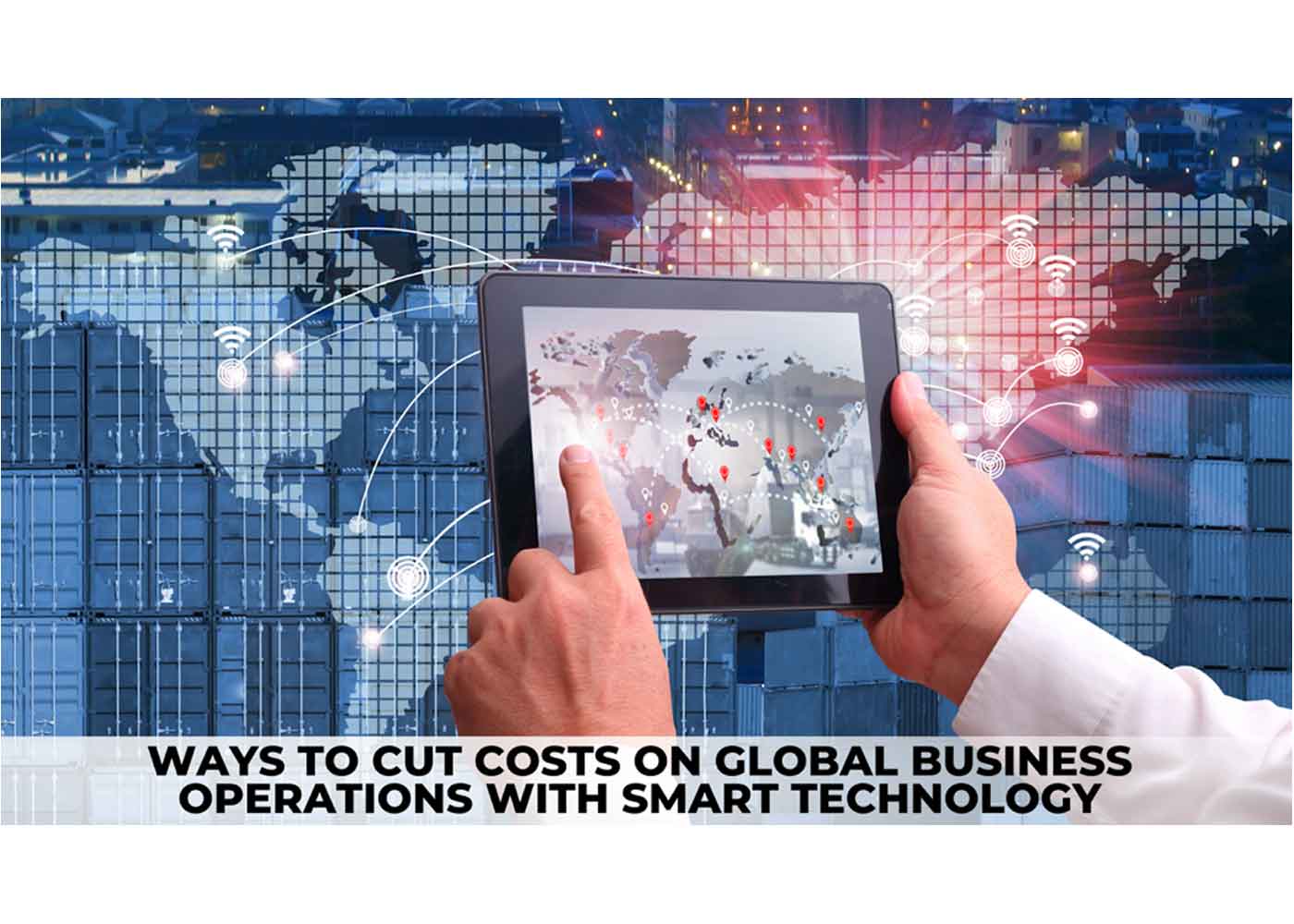SaaS Product Development Life Cycle: All you need to know
- byreverbtime-magazine
- Apr 10, 2024
- 0
- 6 Mins

Introduction:
Nobody could have imagined a world without Slack or Gmail.
Back then, communication within organizations was a huge hassle. Companies
either:
- Built their own communication tools: This was incredibly
time-consuming, expensive, and required significant resources.
- Bought expensive software: Equipping every employee with
individual software licenses could cost hundreds of thousands of dollars.
Thankfully, those days are gone! Today, there are
cloud-based Software as a Service tools to employ. They often make
communication a breeze. Businesses can Simply subscribe online for it. This
gives them access to everything they'd need over the Internet.
These software aren't just about communication. They are a
game-changer for businesses of all sizes. It's no surprise that there's a SaaS
application for every aspect of your business. So, this convenience is why the
SaaS market is booming. According to some reports, it is expected to grow by a
whopping 25.89% to a staggering $720.44 billion by 2028!
Let us discover what is a SaaS product?
Software as a Service (SaaS) products have elementally
altered the way businesses acquire and use software operations. Unlike
traditional on-premise software that requires individual installations and
original storage, SaaS applications are cloud-based, offering a multitude of
advantages.
Core Attributes of SaaS Products
1. Availability: SaaS operations are readily accessible from
any device with an Internet connection. SaaS development life cycle bars the
need for complex installations and ongoing updates on individual machines. This
enhances user mobility and simplifies software deployment for associations.
2. Cost-Effectiveness: SaaS eliminates the outspoken capital
expenditure associated with purchasing individual software licenses. Rather,
businesses pay a subscription figure. It is frequently tiered based on specific
requirements. This predictable cost model facilitates budgeting and streamlines
fiscal management.
3. Automatic Updates and Maintenance: The burden of software
updates and conservation falls on the SaaS provider. It often ensures that
users always have access to the latest features and bug fixes. This eliminates
the need for IT teams to devote resources to software conservation. This
indicates that they should concentrate on core business ambitions.
4. Scalability and Flexibility: SaaS offerings are innately
scalable. User subscriptions can be fluently acclimated to accommodate business
growth, ensuring you only pay for the resources you use. This elasticity makes
SaaS solutions ideal for businesses of all sizes. They can be employed by
startups to established enterprises efficiently.
5. Enhanced Collaboration: These operations are constantly
designed with collaboration in mind. So, SaaS product development enables teams
to work on systems in real-time regardless of physical position. This fosters
advanced communication and productivity, particularly for geographically
dispersed brigades.
SaaS Development Lifecycle: Step by step process
Erecting a successful SaaS product requires a well-defined
development process. The SaaS development lifecycle (SDLC) can be broken down
into distinct stages, each pivotal for shaping the product's line. Let's look
into these crucial phases of the SaaS software development life cycle:
1. Planning: Setting the Course
The planning stage lays the roots for the entire design.
Stakeholders unite to define the product's amplitude, target followership, and
crucial objectives. Market exploration is conducted to identify competitions,
user requirements, and current trends.
This stage culminates in a comprehensive design plan,
outlining the roadmap for ensuing phases.
2. Subscription: Designing the Revenue Model
The subscription phase focuses on establishing the product's
monetization strategy. This involves defining pricing categories, subscription
plans, and payment gateways. Careful consideration is given to pricing
competitiveness, the product's value proposition, and creating sustainable
recreating profit streams.
The ambition is to design flexible subscription options that
cater to different user requirements while assuring the business's
profitability.
3. Design: From Concept to Interface
The design phase transforms abstract ideas into tangible
user experiences. User interface (UI) and user experience (UX) contrivers work
together to produce wireframes, mockups, and prototypes that capture the
product's essentiality.
Focus is placed on the usability, availability, and
aesthetics of the product. It often assures an intuitive and engaging user
experience. This phase lays the foundation for the development platoon to
restate design conceptions into a functional product.
4. Development: Building the Product
Armed with the design arrangement, the development team
begins rendering and implementation. This phase involves rephrasing design
specifications into functional software factors using programming languages,
frameworks, and development tools.
Nimble methodologies like Scrum or Kanban are frequently
employed to facilitate iterative development cycles and frequent feedback
loops. Nonstop integration and deployment of SaaS product development practices insure flawless integration of new features and
advancements into the evolving product.
5. Testing: Ensuring Quality
Rigorous testing is paramount in the testing phase. The
product undergoes various testing approaches. They generally include unit
testing and user acceptance testing of the product. It is done to identify and
amend any flaws or inconsistencies.
Feedback is gathered from beta testers and real-world users.
This data repeatedly plays a vital part in fine-tuning the product. In the long
run, it also helps in addressing usability issues or bugs.
6. Launch and Maintenance: A Continuous trip
The successful launch of the SaaS product marks the highest
point of the development lifecycle. A well-orchestrated launch plan leverages
marketing strategies, press releases, and promotional campaigns to induce
maximum visibility and impact.
Still, the expedition does not end then. Nonstop maintenance
and ongoing support are essential for the product's long-term success. Regular
updates, bug fixes, and feature advancements are rolled out. The decision is
often based on user feedback and market dynamics. It frequently assures the
product remains competitive and meets evolving user requirements.
Parting notes
The SaaS product development lifecycle represents a
structured and iterative procedure for product development. This approach often
comprises planning, subscription, design, development, testing, and launch
phases.
Each stage of the lifecycle plays a pivotal role in shaping
the trajectory of the product. It decides the conceptualization to deployment
and beyond. After understanding and embracing the intricacies of the SaaS
product lifecycle management, developers can navigate the challenges of product
development.
They can do this with confidence and agility. So, it
ultimately leads to the delivery of innovative and impactful software solutions
to users worldwide.
reverbtime-magazine
This article has 428 Views.. Would you like to be have your Articles featured on Poland Supermarket Blog? Then email us right away at via email with your non-plagiarized article and have it on our website for life. Poland Supermarket Blog is a product of Wispaz Techologies.










